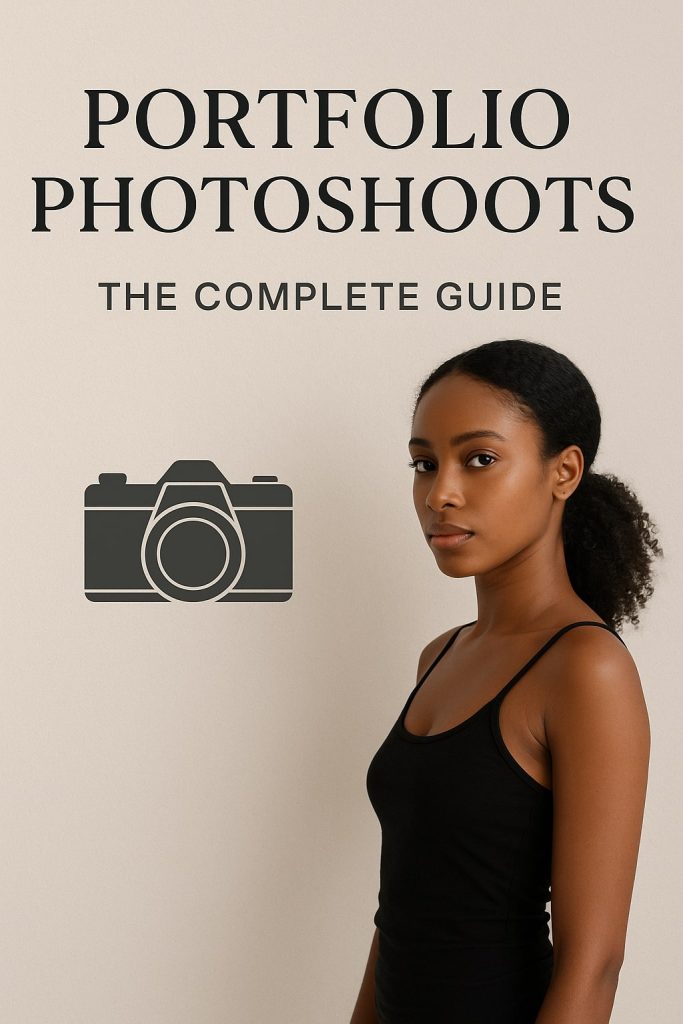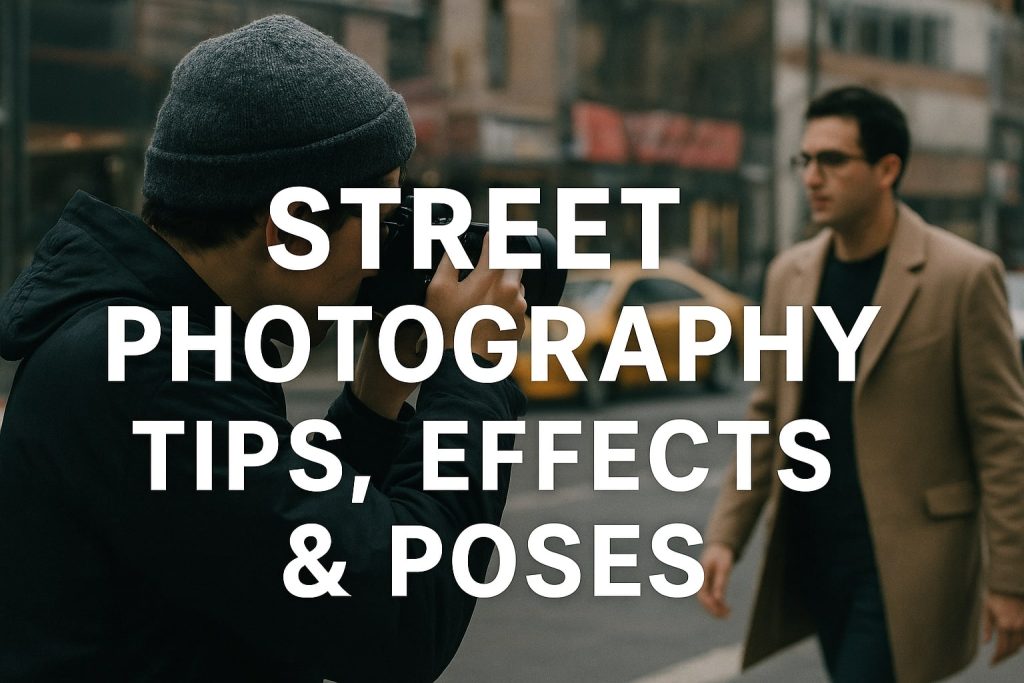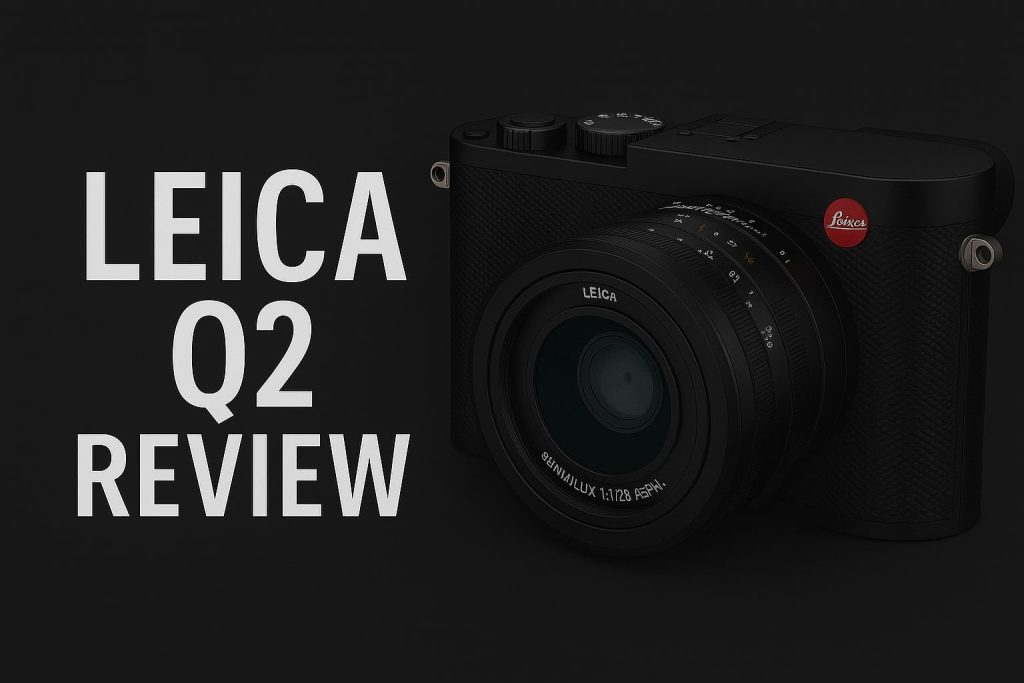Creating a Powerful Photography Portfolio is more than curating a gallery—it’s about crafting a visual narrative that showcases your identity, skills, and artistic vision. Whether you’re a seasoned photographer or just stepping into the field, your portfolio is your voice, brand, and business card in a single compelling package. In this in-depth guide, you’ll learn how to build, refine, and present a portfolio that resonates deeply with clients, collaborators, and creative communities.
Thank you for reading this post, don't forget to subscribe!1. Understanding the Purpose of a Photography Portfolio
A photography portfolio is more than a display of talent—it’s a strategic storytelling tool. It communicates your aesthetic sensibility, technical expertise, and creative journey. The primary functions of a powerful photography portfolio include:
- Demonstrating Skillset: Highlight your proficiency in composition, lighting, post-processing, and genre-specific nuances.
- Attracting Ideal Clients: A well-crafted portfolio speaks directly to the needs of your target market.
- Establishing Professional Identity: Your work represents your style, ethos, and evolution as an artist.
A purposeful portfolio helps people feel your work, not just see it. It builds trust and drives engagement.
2. Defining Your Unique Style and Vision
Before selecting images, get crystal clear on your artistic identity. Ask yourself:
- What themes or subjects do I naturally gravitate toward?
- Which visual styles reflect my personality and message?
- What makes my work recognizable?
To articulate your vision:
- Create mood boards from existing work.
- Analyze recurring motifs in your photos.
- Write a personal artist statement.
Consistency in vision elevates your Powerful Photography Portfolio from a slideshow to a story.
3. Curating Your Best Work Intentionally
More is not better. Quality outweighs quantity. A focused, curated collection leaves a lasting impression.
Steps for intentional curation:
- Audit all images: Use software like Lightroom to tag your best work.
- Group by theme or genre: Weddings, portraits, commercial, editorial, etc.
- Select images with emotional impact: Choose photographs that evoke feelings or spark curiosity.
- Eliminate redundancies: Avoid showcasing multiple versions of similar images.
Your portfolio should highlight technical precision, emotional resonance, and conceptual depth.
4. Diversity vs. Consistency in Portfolio Selection
Striking the right balance between variety and coherence is essential.
- Consistency ensures a recognizable style and professional branding.
- Diversity showcases versatility, adaptability, and breadth.
Tips to achieve balance:
- Feature multiple genres but keep your editing style cohesive.
- Introduce thematic sections to separate categories.
- Limit each section to 8-12 curated pieces.
This strategic mix strengthens your visual identity while appealing to diverse audiences.
5. Building a Cohesive Narrative
Narrative flow transforms isolated images into an immersive experience.
Create cohesion by:
- Organizing images in a story arc: introduction, climax, resolution.
- Using color grading, lighting, or subject matter to link sequences.
- Including short intros or captions to guide the viewer’s journey.
Remember, your portfolio isn’t just about what you shoot—it’s about how you think and feel through the lens.
6. Choosing the Right Medium: Print vs. Digital Portfolios
Both formats serve unique purposes.
Print Portfolios:
- Ideal for interviews, galleries, or physical presentations.
- Tangible, impactful, and emotionally engaging.
Digital Portfolios:
- Easily shareable and scalable.
- Better for reaching global audiences, especially via websites and social media.
A Powerful Photography Portfolio often includes both, with each version tailored for context and audience.
7. Website Design for Photographers: Showcasing with Impact
Your website is the cornerstone of your online presence.
Essentials for impactful design:
- Clean layout: Avoid clutter. Let your images breathe.
- Responsive design: Ensure mobile-friendliness.
- Navigation simplicity: Make it easy to explore your work.
- Call to Action (CTA): Invite inquiries, bookings, or collaborations.
Platforms like Squarespace, Pixpa, and Format offer photography-centric design tools.
8. Branding Your Portfolio: Identity Beyond Images
Branding goes beyond logos and colors—it’s about perception.
Key brand components:
- Visual identity: Logo, typography, and color palette.
- Tone of voice: From captions to blogs, maintain a consistent narrative tone.
- Client experience: Infuse your values into interactions and communications.
Branding ensures your Powerful Photography Portfolio leaves a memorable and authentic impression.
9. Captions, Context, and Storytelling
Context enhances the emotional weight of your images.
Effective captions:
- Offer background stories or creative insights.
- Use keywords subtly to aid SEO.
- Speak to emotions, not just facts.
Storytelling bridges the gap between the viewer and your visual world.
10. Technical Aspects: Image Quality, Format, and Optimization
High-resolution images demonstrate professionalism, but they need to be optimized for speed and compatibility.
Best practices:
- Use JPEG for web, TIFF for print.
- Resize without compromising clarity (1920px wide is standard).
- Compress with tools like TinyPNG.
- Embed metadata with relevant keywords.
Fast-loading images enhance user experience and boost SEO.
11. Creating Targeted Portfolios for Different Audiences
One-size-fits-all rarely works.
Segment your portfolio for:
- Wedding clients
- Corporate brands
- Fashion agencies
- Editorial platforms
Each group has distinct expectations. Tailoring portfolios increases relevance and conversion.
12. Organizing and Structuring Your Portfolio Layout
Strategic layout helps direct attention and reinforce narrative flow.
Common structures:
- Chronological: Shows growth over time.
- Thematic: Organizes by subject or genre.
- Story-driven: Tells a complete visual tale per series.
Use whitespace and uniform sizing to enhance readability and visual comfort.
13. Updating Your Portfolio Regularly
A stagnant portfolio suggests a dormant career. Keep your work fresh.
Update schedule:
- Quarterly reviews.
- Replace outdated trends or techniques.
- Add new accolades or client projects.
This habit ensures your Powerful Photography Portfolio evolves with your career.
14. Getting Feedback and Refining
Creative isolation can stifle growth.
Seek feedback from:
- Peers and mentors
- Photography forums
- Trusted clients
Be open yet discerning. Use critiques to enhance your presentation, not dilute your voice.
15. Using Your Portfolio to Get Clients
Turn your portfolio into a lead-generation tool.
Methods:
- Add a visible CTA on every page.
- Offer a downloadable PDF version.
- Link portfolio items to case studies or testimonials.
Make it easy for viewers to transition from admiration to action.
16. Social Media Integration and Marketing Your Work
Social platforms amplify your portfolio’s reach.
Integration strategies:
- Share curated sets on Instagram with compelling captions.
- Embed portfolio links in LinkedIn bios or posts.
- Use Pinterest boards to drive website traffic.
Consistency and engagement turn followers into clients.
17. Mistakes to Avoid in Portfolio Creation
Common missteps:
- Including too many images.
- Mixing radically different styles without cohesion.
- Using outdated or over-edited content.
- Ignoring mobile responsiveness.
Avoiding these pitfalls strengthens credibility and clarity.
18. Case Studies: Successful Photography Portfolios
Example 1: Lifestyle Photographer
- Mixed portrait and travel images
- Consistent warm tones and candid moments
- Blog-style storytelling enhances relatability
Example 2: Commercial Photographer
- Genre-specific galleries (food, product, fashion)
- Strategic client testimonials
- Bold, minimalist website design
These real-life examples provide actionable inspiration.
19. Tools and Platforms for Portfolio Creation
Recommended tools:
- Web Builders: Squarespace, Wix, Format, Adobe Portfolio
- Image Management: Lightroom, Capture One
- SEO Tools: Yoast, RankMath
- Feedback Platforms: Behance, 500px, photography subreddits
Leverage technology to streamline and amplify your portfolio.
20. Conclusion: Evolving with Purpose and Presence
Your Powerful Photography Portfolio is a living, breathing representation of your craft. As you grow, so should your collection. Build with intention, showcase with pride, and update with purpose.
Your portfolio isn’t just a collection of photos. It’s a mirror of your artistic soul, a bridge to your ideal clients, and a testament to your creative journey.
📅 Book Your Photography in Jaipur Today
Whether you’re celebrating a personal milestone, growing your brand, or just want timeless memories, trust The Candid Shoot for professional photography in Jaipur with Most Popular Cameras that exceeds expectations.
📞 Call | 📱 WhatsApp | 📩 Inquiry Form

Mobile Photography Hacks: Candid Moments with Your Phone
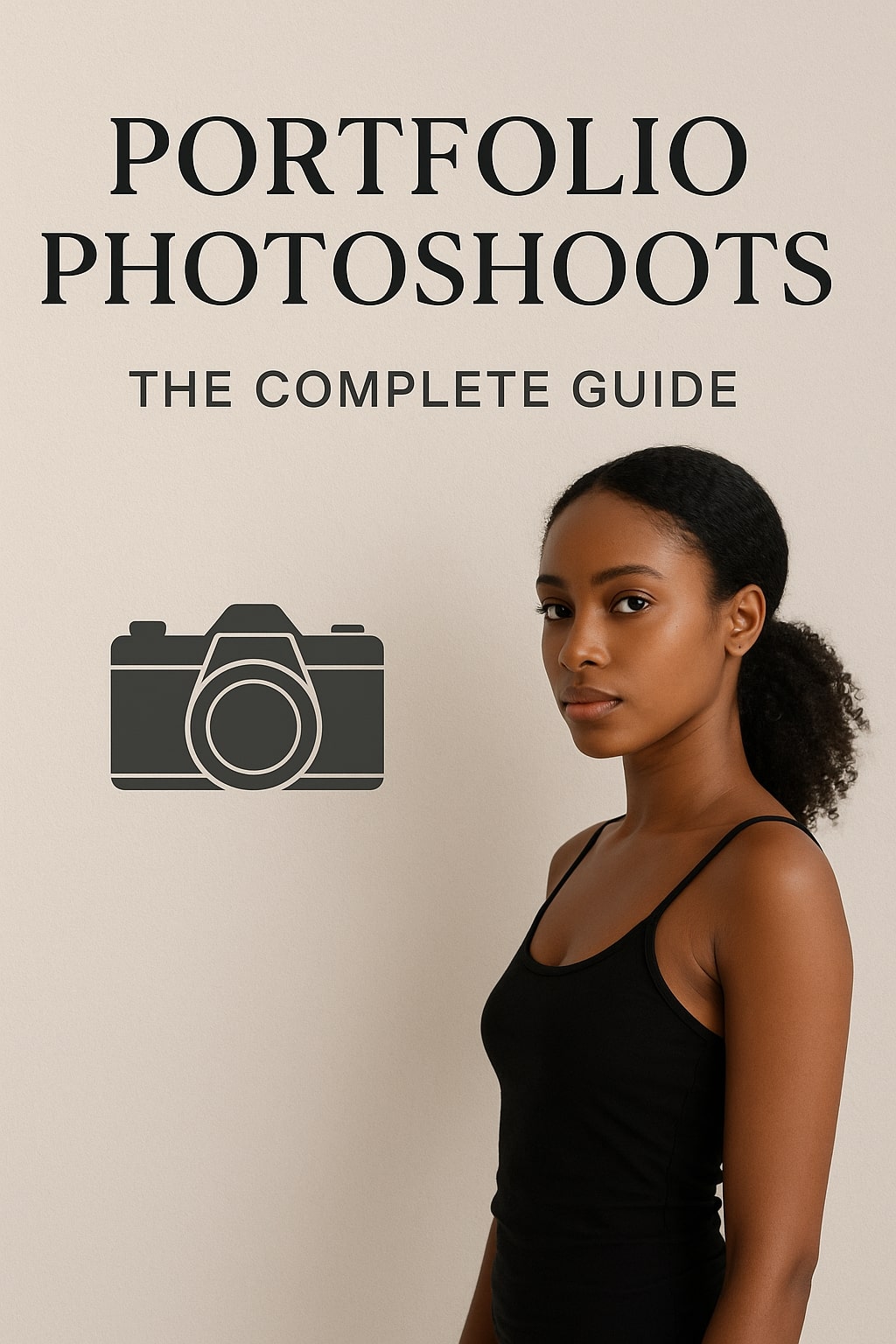
Professional Model & Portfolio Photoshoots: Show Your Best Work
-
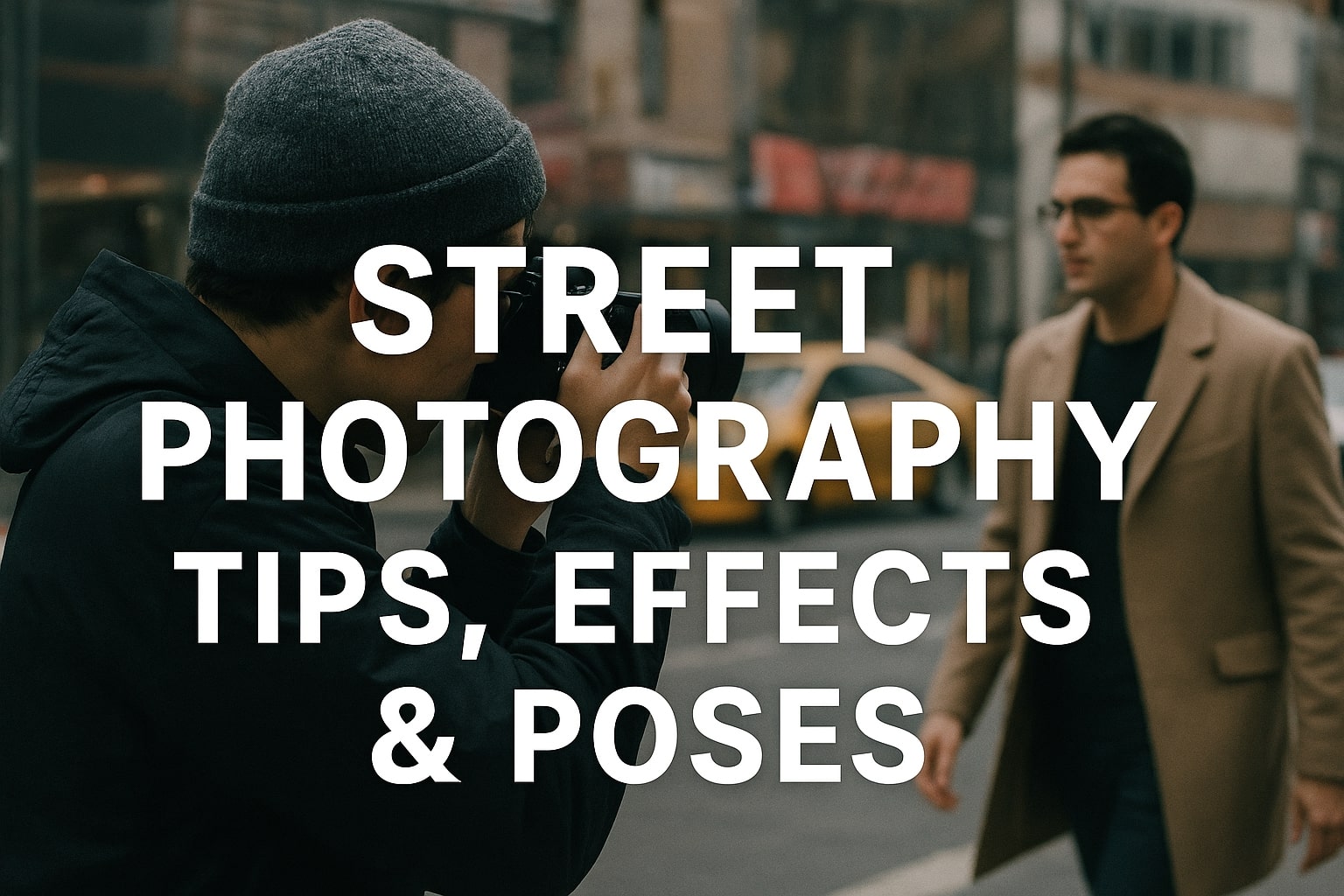
Street Photography Tips, Effects & Poses – Complete Guide
-
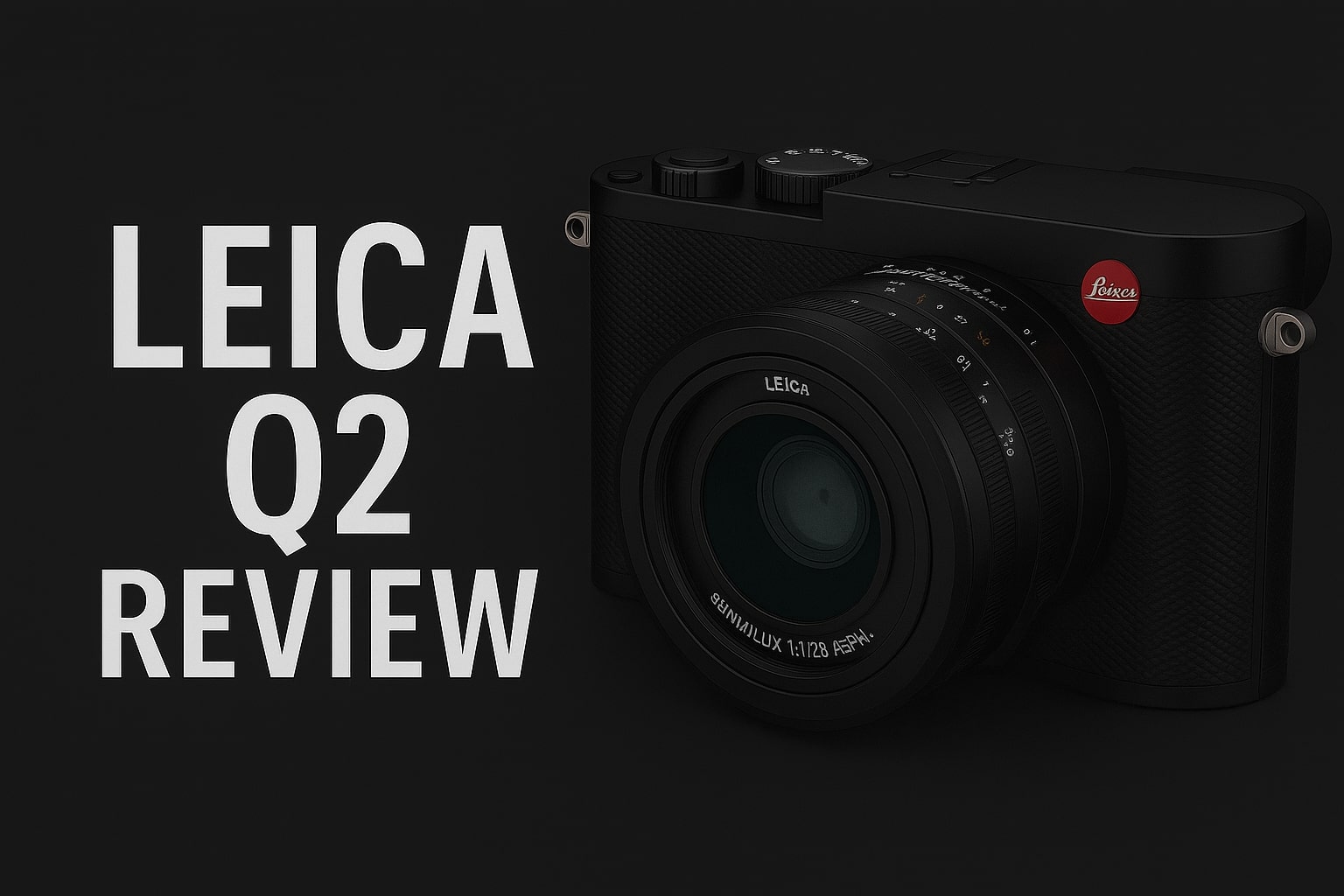
Leica Q2 for Photography: Why It’s Loved by Photographers
Mobile Photography Hacks: Candid Moments with Your Phone
Discover high-impact mobile photography hacks to capture genuine, gorgeous candid moments with your phone. Learn practical tips, composition secrets, and pro techniques to turn everyday scenes into stunning visual stories.Thank you for reading this post, don’t forget to subscribe! Introduction: The New Age of Mobile Photography Photography has evolved beyond heavy cameras, technical jargon, and
Professional Model & Portfolio Photoshoots: Show Your Best Work
” Discover how to plan, style, and execute stunning portfolio photoshoots that showcase your skills, personality, and versatility. This comprehensive guide covers professional tips, posing ideas, gear suggestions, and industry insights for models and photographers.”Thank you for reading this post, don’t forget to subscribe! Introduction – Why Portfolio Photoshoots Are the Cornerstone of a Photographer’s
Street Photography Tips, Effects & Poses – Complete Guide
Discover the ultimate guide to Street Photography with expert tips, creative effects, and dynamic poses. Learn how to capture authentic urban moments, master composition, and tell powerful visual stories through your lens.Thank you for reading this post, don’t forget to subscribe! Article Outline 1. Introduction to Street Photography Street Photography is more than just taking
Leica Q2 for Photography: Why It’s Loved by Photographers
Introduction: The Cult Status of the Leica Q2 The Leica Q2 is not just a camera—it’s a statement. Combining the heritage of German precision engineering with modern digital excellence, it holds a special place in the hearts of professional and passionate photographers alike. With its full-frame sensor, prime Summilux lens, and minimalist design, the Q2
Top Cameras Under ₹1 Lakh for Freelance Photography
Freelance photography is no longer a niche—it’s a booming creative profession that demands not only vision and hustle but also the right gear. Your camera isn’t just a tool; it’s your storytelling partner. If you’re a freelance photographer aiming to balance performance, versatility, and budget, investing in a cameras under ₹1 lakh can offer the
Top Features of Nikon D850 That Make It Ideal for Photoshoots
Explore the top features of the Nikon D850 that make it a powerhouse for photoshoots. From exceptional resolution to dynamic range, this detailed Nikon D850 guide is built for professional and aspiring photographers.Thank you for reading this post, don’t forget to subscribe! 1. Introduction When Nikon launched the D850, it quickly earned a reputation as




